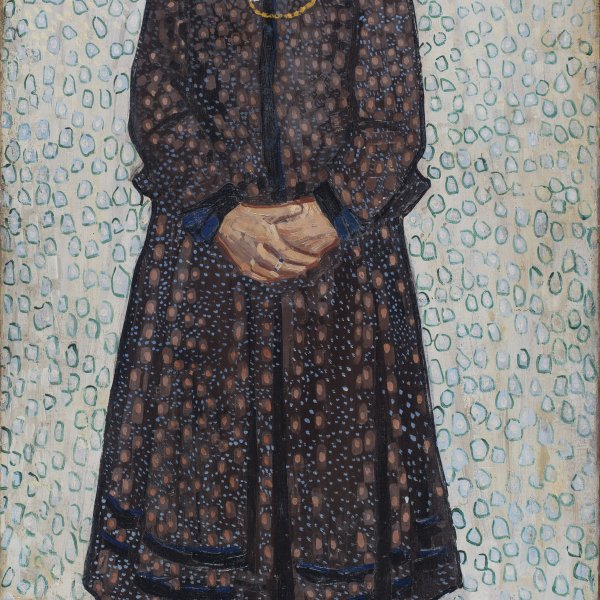Volodymyr Burliuk
The Ukrainian painter Volodymyr Burliuk belonged to an artistically inclined family. Both he and his five siblings displayed a talent for art or literature, as a result of which Volodymyr’s career was closely linked to that of the rest of his family, particularly that of his eldest brother David. They both attended art school in Kazan and Odesa and then left for Munich, where they studied under Anton Ažbe. While in the city, Volodymyr made important acquaintances, particularly Wassily Kandinsky, and took part in the Erster Deutscher Herbstsalon in 1913.
On returning to his native country, Burliuk came into contact with the art groups that were breathing new life into the scene and was involved in organising the Jack of Diamonds and Union of Youth exhibitions, in which he also showed his work. Despite being abreast of the latest European art trends, Volodymyr preferred to present himself as a savage with no cultural background. His works from this period were centred on depicting popular scenes or figures in a style devoid of artifice that pursued a return to the popular and was formally linked to Neo-Primitivism.
In 1911 his painting moved closer to various avant-garde movements, especially Cubism. His illustrations for Futurist publications such as Sadok Sudey attest to this change.
Burliuk enlisted in the Russian army in 1915 and died in Thessaloniki during the First World War in 1917.





